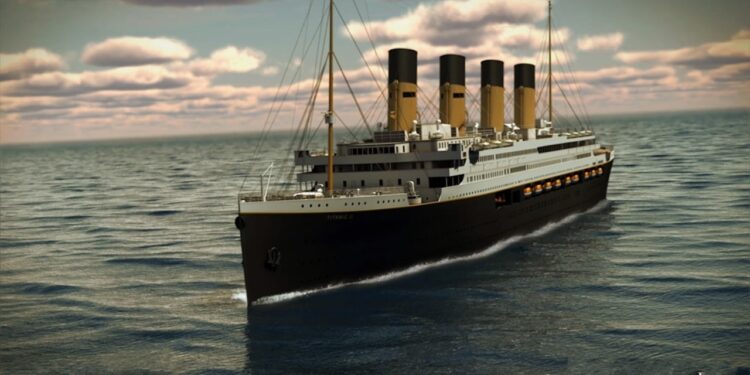The Unsinkable Ship That Failed
On the frigid night of April 14, 1912, one of history’s most infamous maritime disasters unfolded in the North Atlantic Ocean when the RMS Titanic, on its maiden voyage from Southampton to New York City, struck an iceberg and sank. The tragedy claimed over 1,500 lives and forever changed maritime safety regulations.
The “Unsinkable” Marvel
The Titanic was a marvel of early 20th-century engineering. Built by the White Star Line, the luxury liner stretched 882 feet long and stood 175 feet tall. At the time of her launch, she was the largest moving object ever created by human hands. The ship was touted as “unsinkable” due to its advanced safety features, including watertight compartments and remotely activated watertight doors.
This reputation for invincibility contributed to a fatal overconfidence. The ship carried only enough lifeboats for about half of its full capacity of passengers and crew, a decision that would prove catastrophic.
The Fatal Voyage
The Titanic departed Southampton on April 10, 1912, with 2,224 passengers and crew aboard. The passenger list included some of the world’s wealthiest industrialists, prominent socialites, and hundreds of emigrants seeking a new life in America.
Despite receiving multiple iceberg warnings throughout April 14, Captain Edward Smith maintained the ship’s speed of about 22 knots. At 11:40 PM, lookout Frederick Fleet spotted an iceberg directly ahead. Despite efforts to avoid collision, the ship’s starboard side scraped against the iceberg, creating a series of punctures below the waterline.
The Sinking
Water began flooding into the ship’s compartments, and it soon became clear that too many compartments had been breached for the ship to remain afloat. Titanic’s designer Thomas Andrews informed Captain Smith that the ship would sink within hours.
At 12:05 AM on April 15, the order was given to prepare the lifeboats. The evacuation was chaotic and mismanaged. The “women and children first” protocol was generally followed, but many lifeboats were launched partially filled. The stark class divisions of Edwardian society were reflected in the survival rates—first-class passengers had significantly higher chances of survival than those in third class.
By 2:20 AM, just two hours and forty minutes after the collision, the Titanic broke apart and sank beneath the Atlantic waves. The water temperature that night was below freezing, causing most people in the water to die of hypothermia within minutes.
Legacy
The RMS Carpathia arrived at the scene around 4:00 AM and rescued 705 survivors. The world was shocked by the disaster, particularly because of the Titanic’s reputation as unsinkable and the preventable loss of life.
In response to the tragedy, maritime regulations were overhauled. The International Convention for the Safety of Life at Sea was established in 1914, requiring ships to carry enough lifeboats for all passengers, maintain 24-hour radio communications, and conduct lifeboat drills.
The Titanic remained lost at the bottom of the Atlantic until 1985, when oceanographer Robert Ballard discovered its wreckage. Today, the ship rests 12,500 feet below the surface, a somber memorial to one of history’s deadliest peacetime maritime disasters and a powerful reminder of the consequences of human hubris.
newshub


Recent Comments